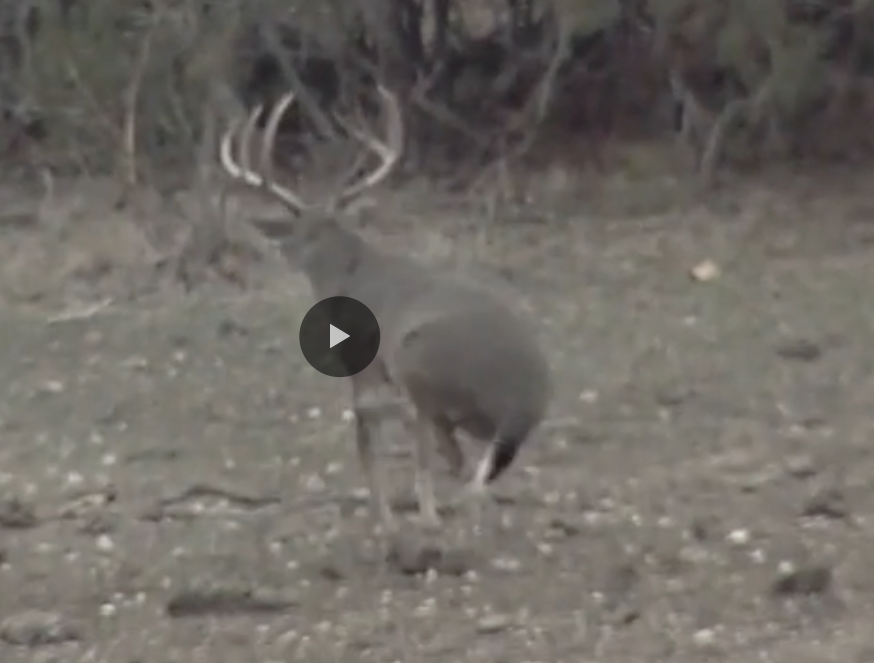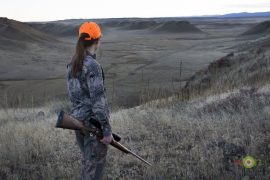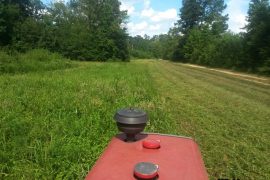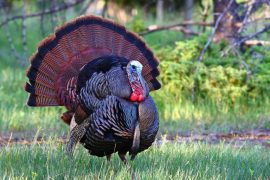
Perfect shot placement of a shot is what all hunters should seek. If you want to know how drop a deer in its tracks, you should familiarize yourself with the physiological term brachial plexus. Once you know what this is, you might look at deer and deer hunting (and shot placement) in a completely different fashion.
To drop that deer in its tracks, know that brachial plexus is the scientific name for the network of veins, nerves, tendons and muscles that encompass the shoulder and scapula (or “shoulder blade”). Seasoned deer hunters know that a bullet that’s shot through the scapula damages the brachial plexus, which is part of the central nervous system, and renders the animal almost instantaneously immobile.
That is why the high-shoulder shot has always been a recommended aiming target among gun-hunters. The shoulder blade, at its widest section, is about a 3-inch circle — a large target for a gun-hunter — that offers a wide room for error. Bullets kill deer via trauma. A shot that misses high will hit the spinal column; a shot that misses low will take out the heart; and a rearward shot will take out the lungs.
What about bowhunting? Is the brachial plexus shot an option for compound or crossbow hunters? No. Not intentionally, anyway. I urge all hunters to never purposefully aim for the shoulder blade on a deer while doing any type of bowhunting. The margin of error, in this case, is too high that something could go wrong. Even with high-performance bows and crossbows, deflections can and will happen if the broadhead does not encounter the “soft” (relative term here) portion of the scapula. When I say soft, I mean the thinner outer rim of the scapula. The scapula’s inner construction consists of a very thick bone ridge that will stop almost any broadhead.
Of course, there are always exceptions, as seen in the bowhunting video shown here:
In this case, the bowhunter’s arrow hits the scapula’s outer rim and also severes enough of the nerve bundle within the brachial…





